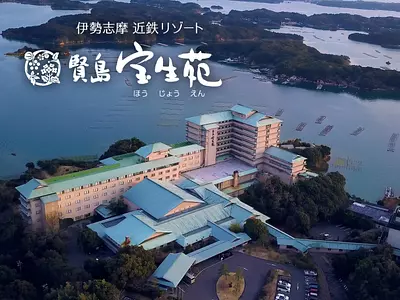The Sea Museum is a rare museum in Japan with the theme of "sea and humans"! Let's experience the old sea life!
掲載日:2021.02.17
The ocean is an inseparable part of our lives. TobaCity is blessed with a rich ocean and has inherited the skills and wisdom of people living with the sea since ancient times.The city of Toba is home to the ``Sea Museum'', which was created with the desire to convey the lives and wisdom of people who live by the sea. there is. It has a collection of about 60,000 pieces of folklore related to the sea, including dioramas that recreate various types of fishing, including Ama fishing, and wooden boats, so there's a lot to see.
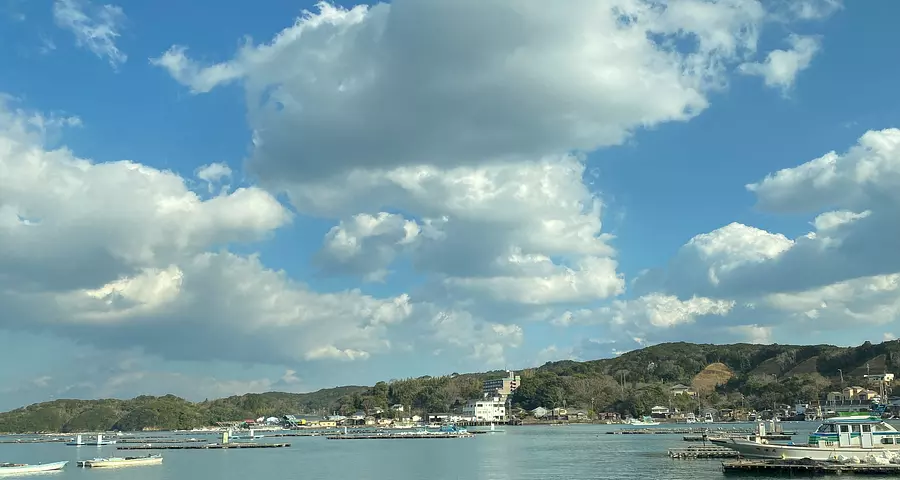
I came to TobaCity cho, Toba City, where the Sea Museum is located!
The scenery along the way was spectacular, and I was immediately excited.
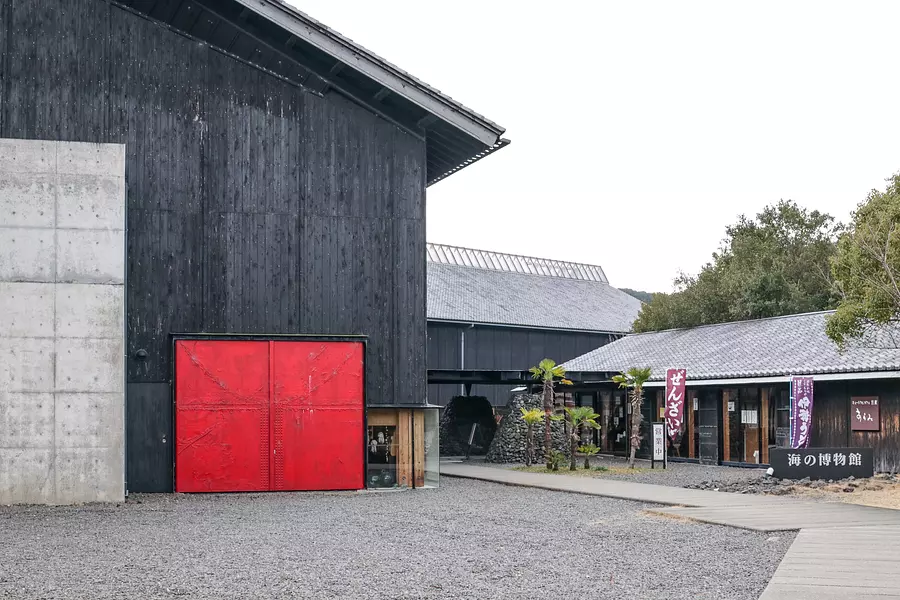
That should be it! The Maritime Museum is also highly acclaimed as a building, having been selected for the Architectural Institute of Japan Award and one of the top 100 public buildings.
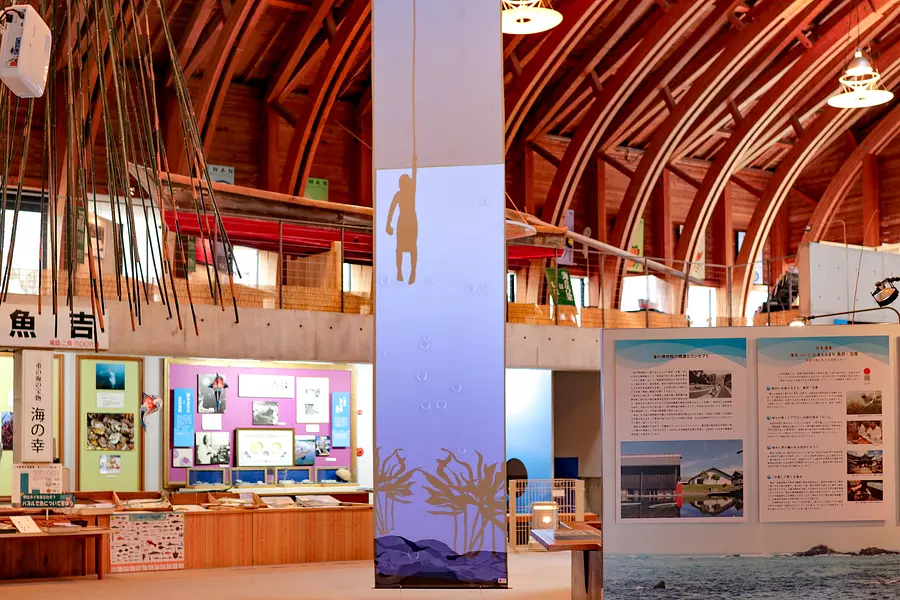
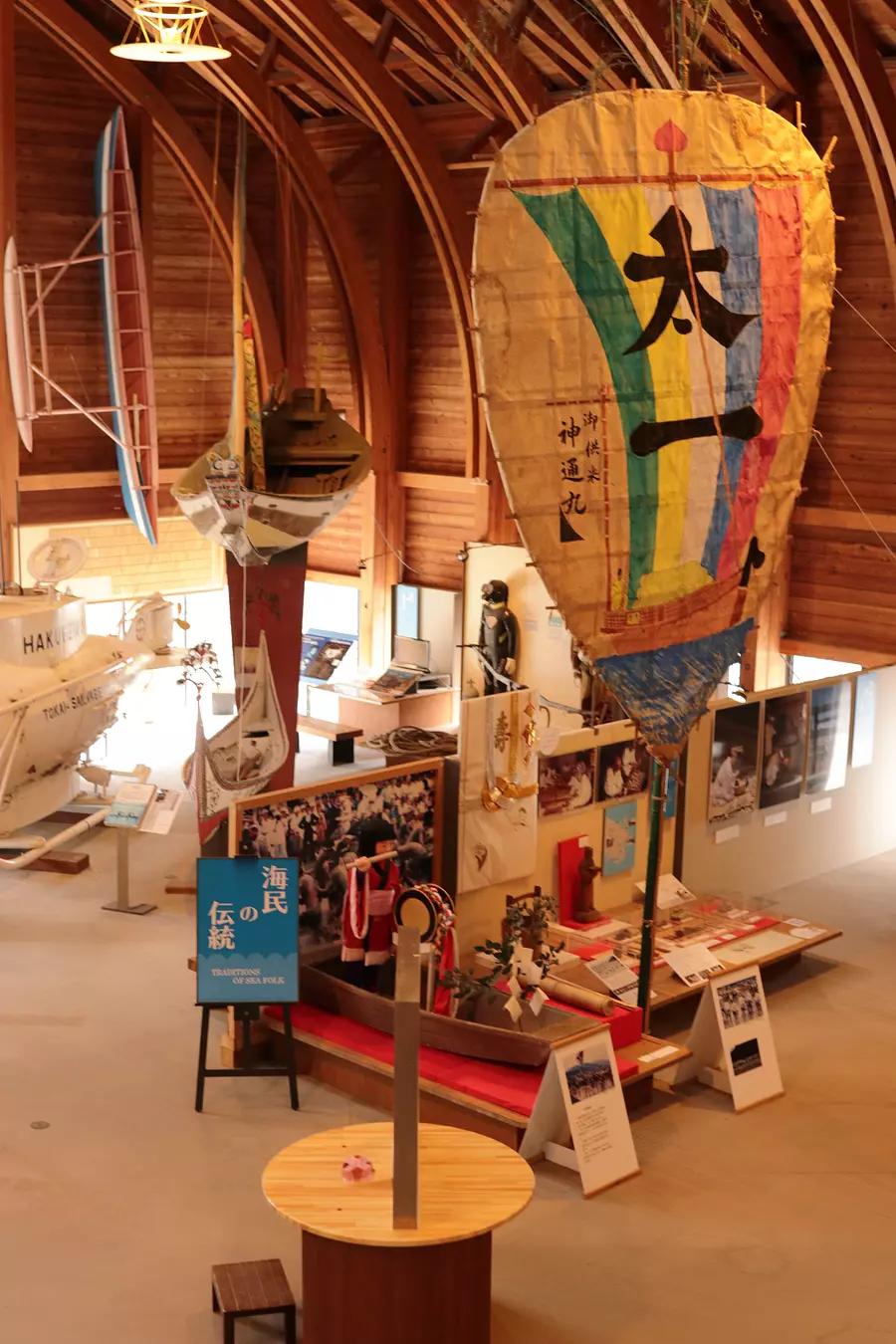
Of these, 6,879 items are nationally designated Important Tangible Folk Cultural Properties, and the collection includes valuable folklore materials such as various fishing gear and tools used by people living on the sea, wooden fishing boats, and shipwright tools.
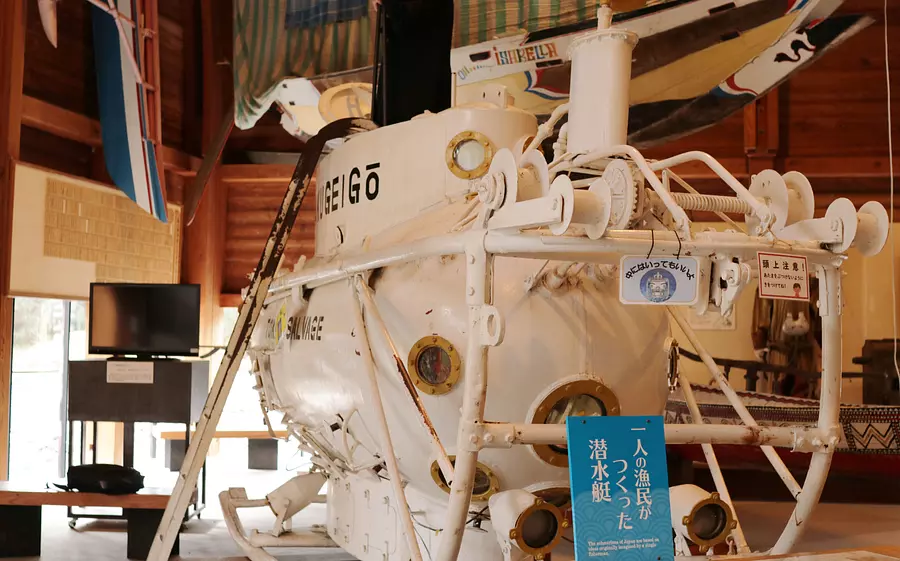
First, go to the exhibition building A floor that continues from the entrance.
This vehicle is the "Moby Dick."
This submersible was used for seabed observation surveys when building the Seikan Tunnel in 1963, and it was surprising to hear that it was built by a fisherman! I was able to actually go inside and get a feel for how people worked back then!
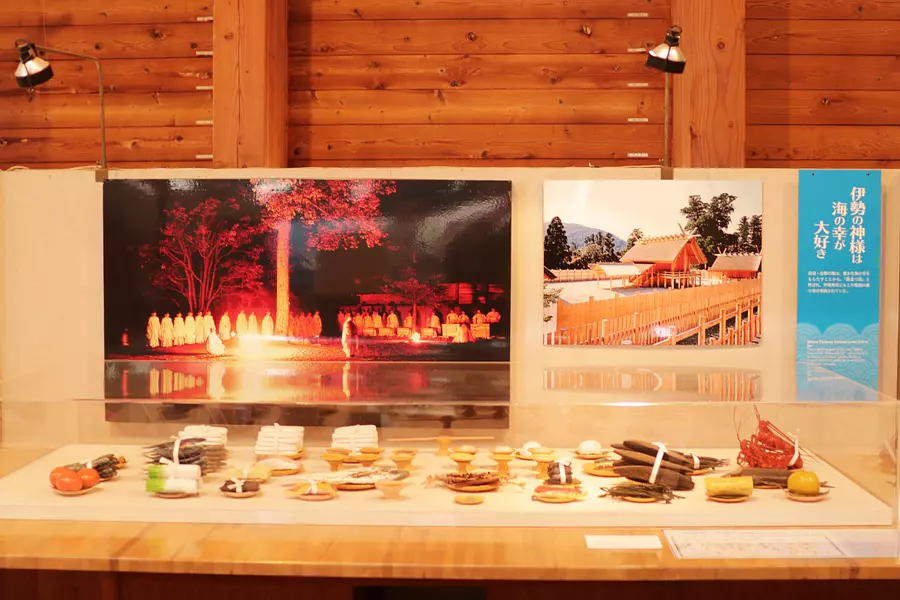
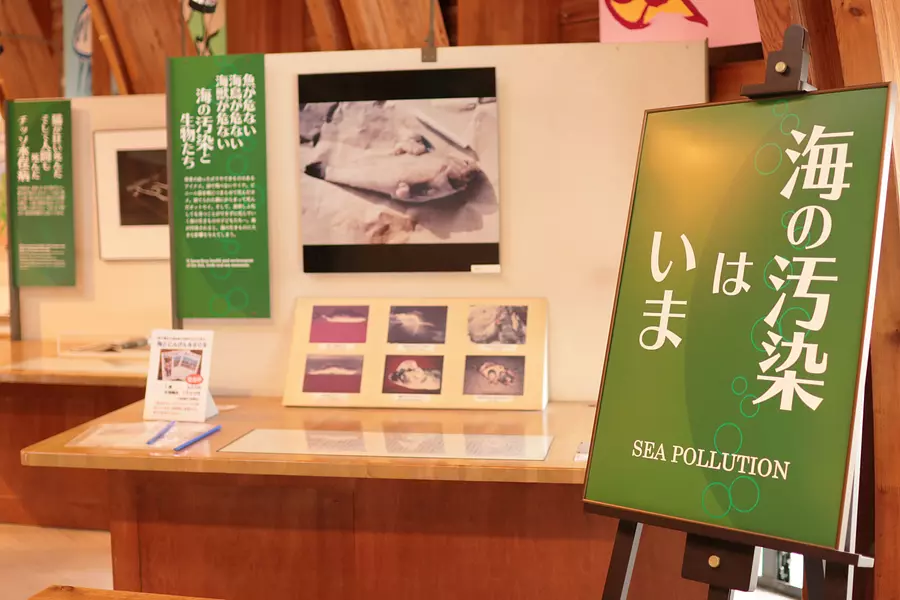
"Pollution" has occurred since 1950 due to high economic growth. Both on land and at sea, the lives of many humans and countless other creatures have been claimed.
Here, people's voices and photos from the time are realistically displayed.
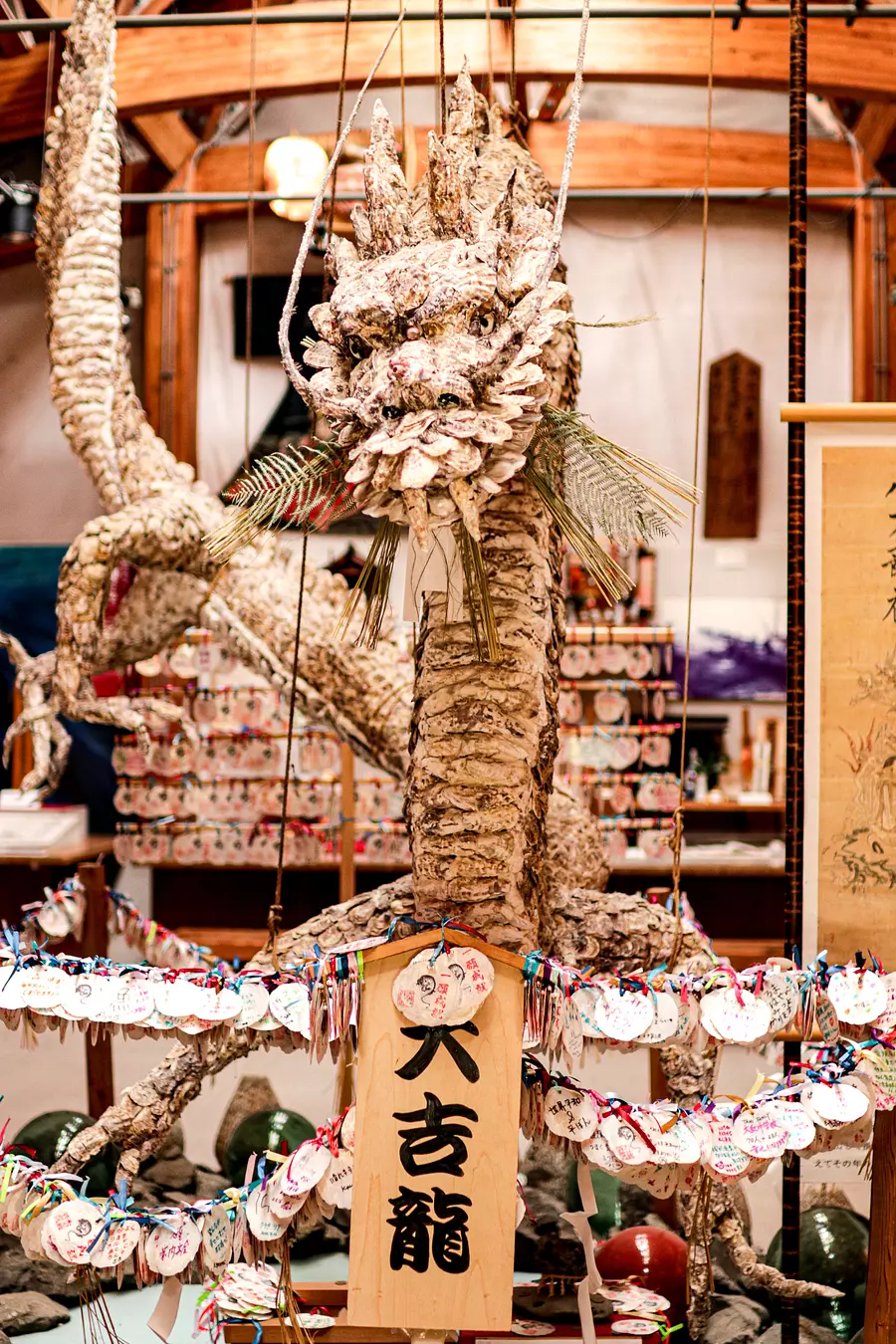
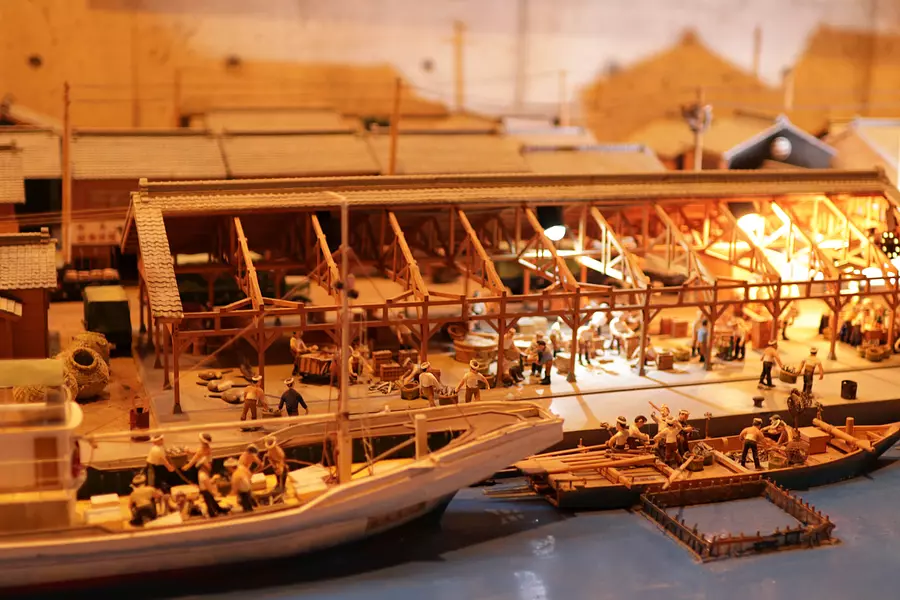
A realistic-looking diorama of fishing from Toba-Shima to Kumano-nada area is recreated.
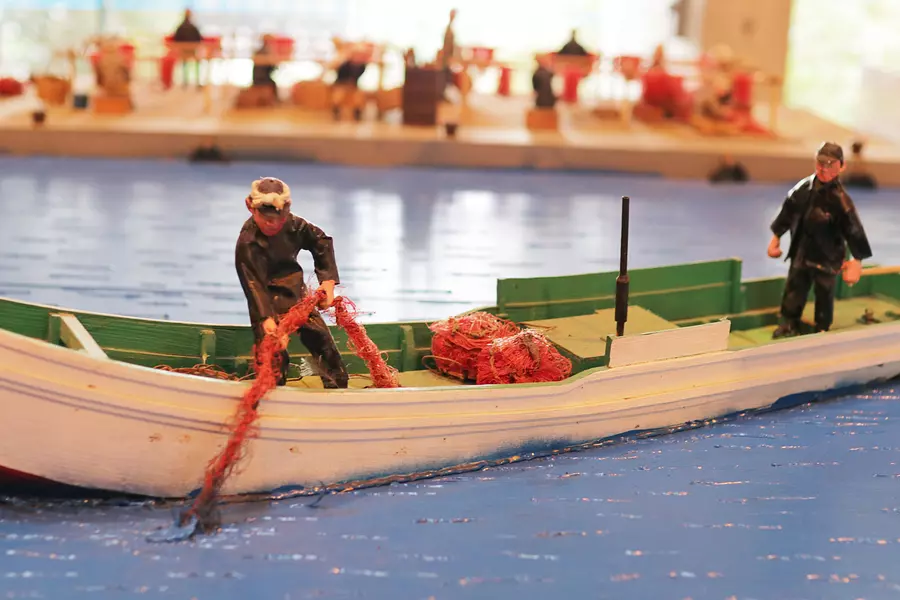
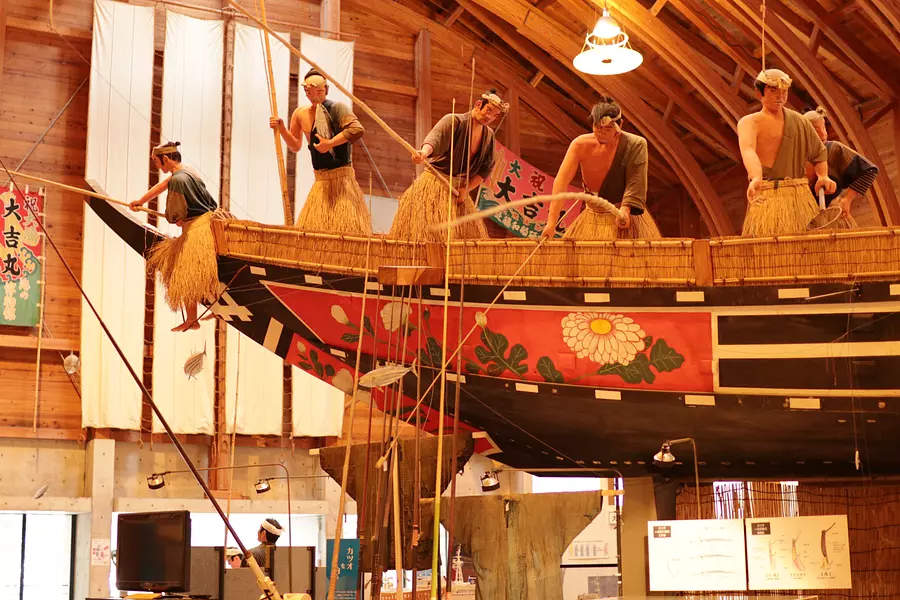
Even the facial expressions of the fishermen are depicted in detail, making you feel as if you have traveled back in time.
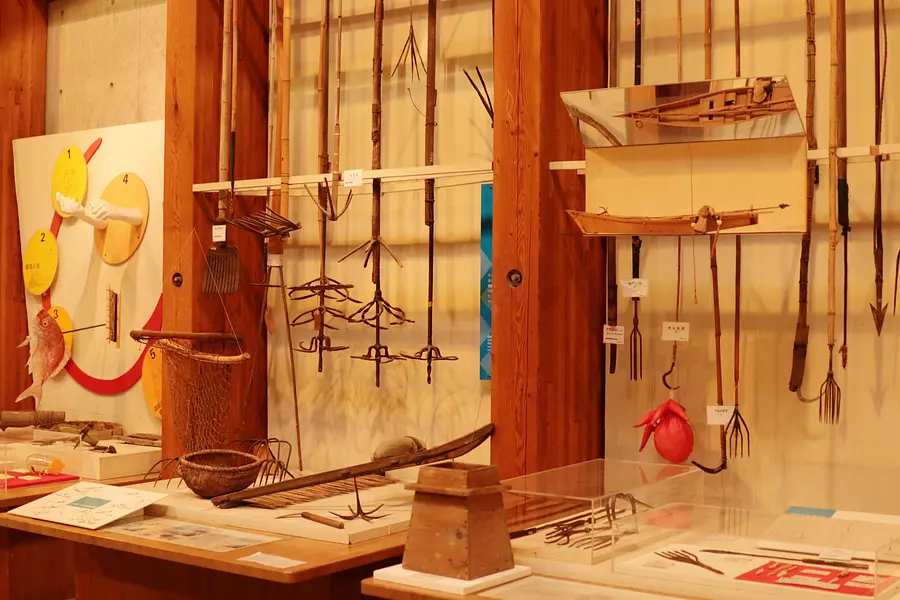
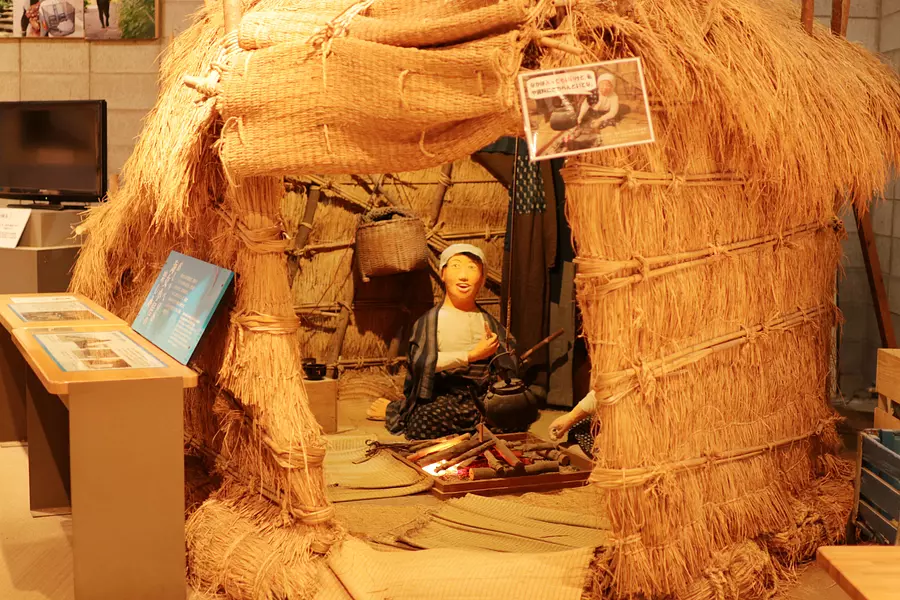
The fun of the hard-working Ama divers and their chatting time at AmaHut(Amagoya)is recreated. The diorama of the Ama divers was so realistic that I could almost hear her voice saying, “Come on!” (“Come on!” in the Ise-Shima dialect)!
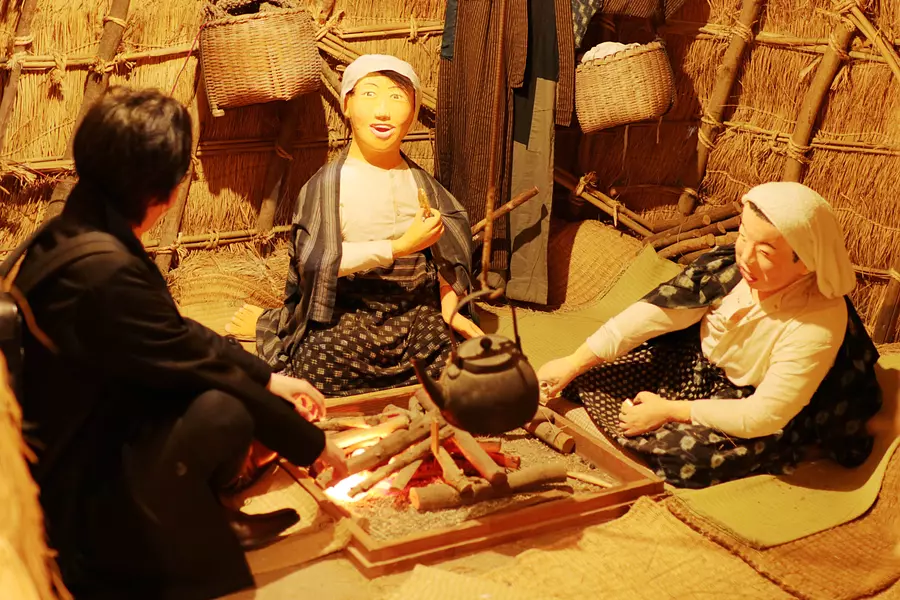
Inside the hut, audio of the Ama divers' conversations is also played, which is an interesting twist.
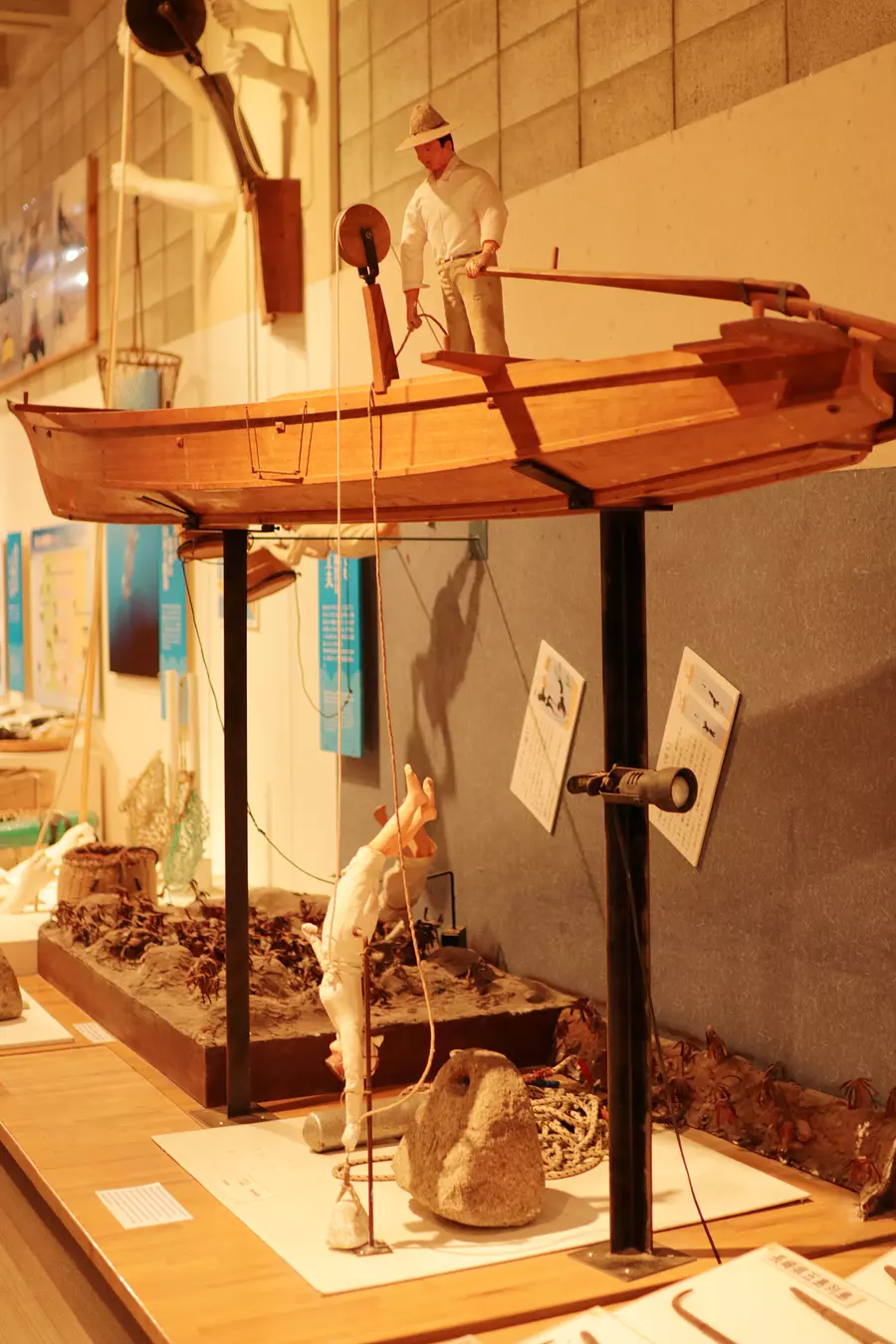
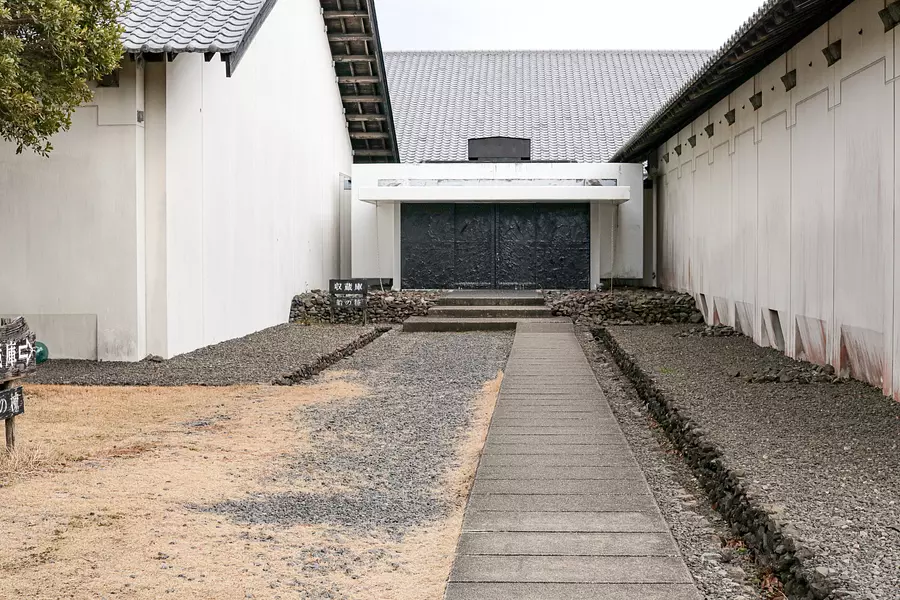
This is Japan's largest ship storage facility that cannot be seen anywhere else.
Look at the entrance door! I felt so excited!
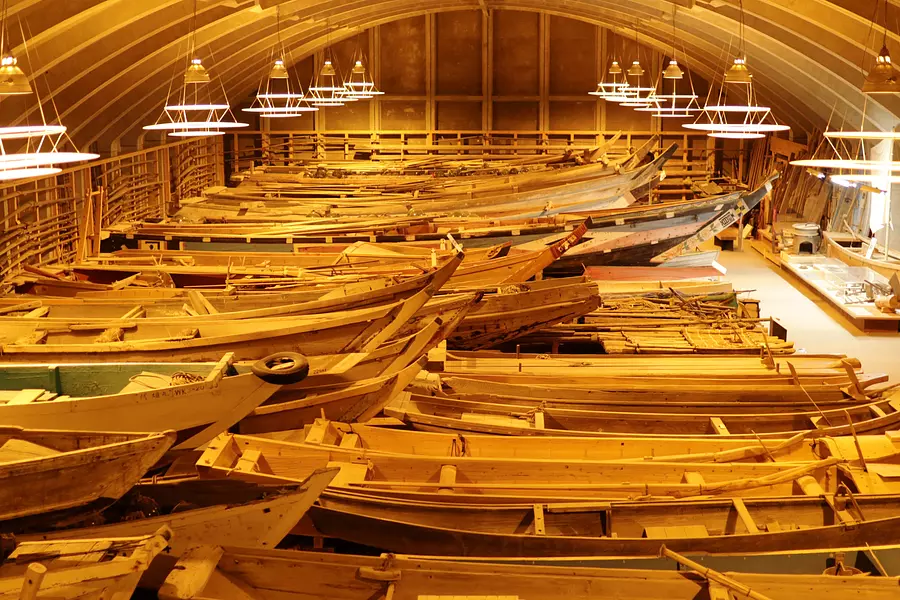
You can see the entire ship, and the view from there is truly spectacular!
Until just 50 years ago, Japanese fishing boats were all made of wood, but now they are made of plastic and equipped with engines, and there are now only a few shipwrights, compared to the more than 10,000 in the country.
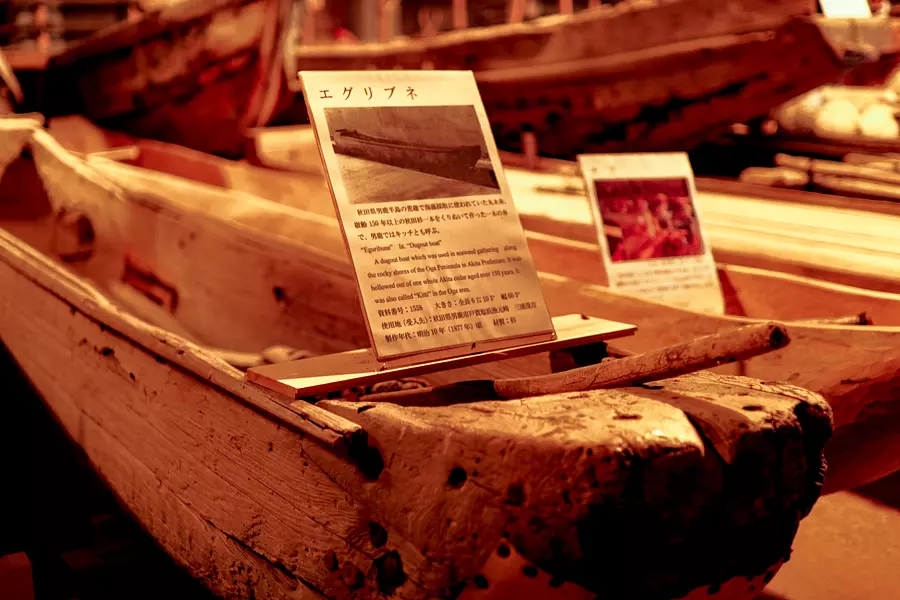
``Since ancient times, ships have not only been used for fishing, but also played an important role in transporting goods and people, war, and information, and our modern lifestyle is based on that history. '' says director Hiraga.
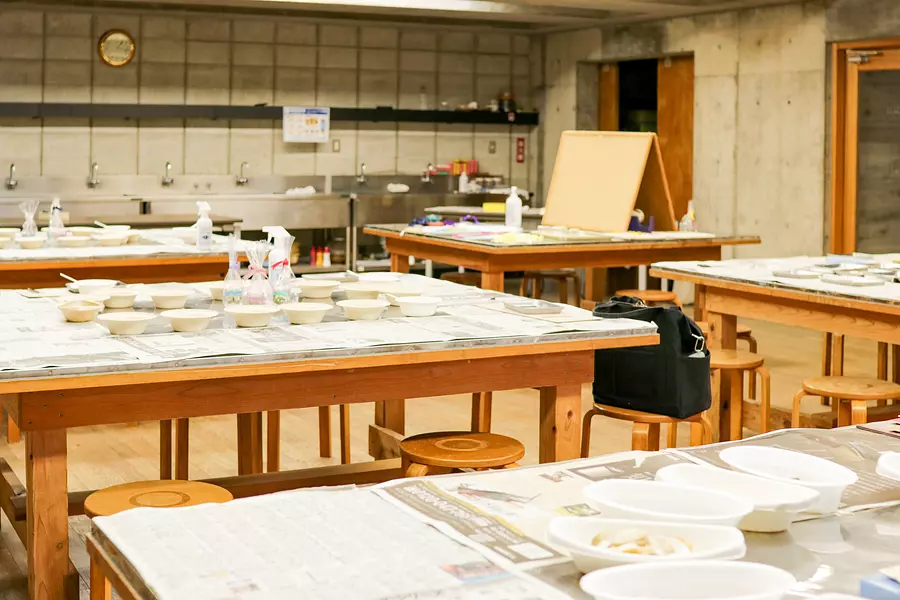
On Saturdays, Sundays, and holidays, we hold experiences unique to the Maritime Museum.
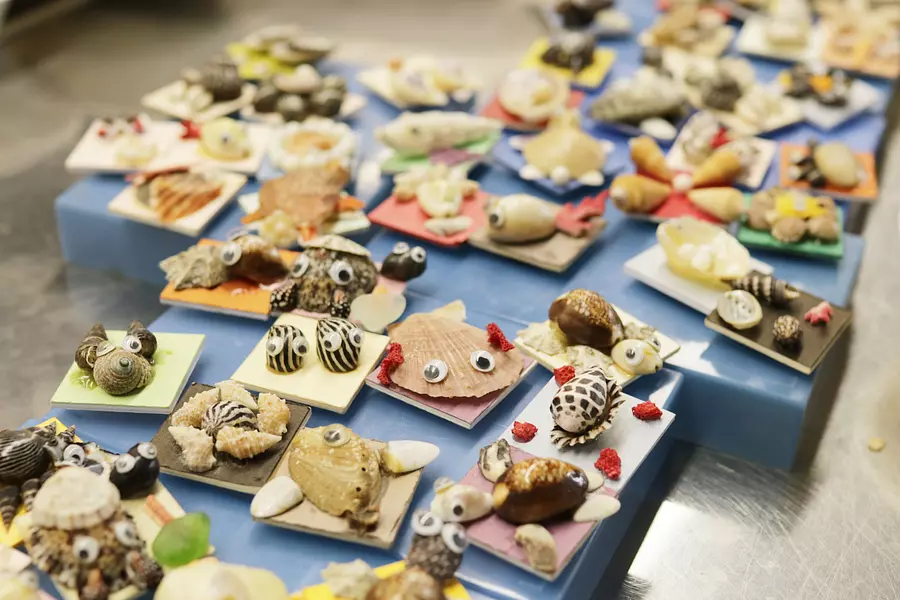
Make magnets by combining various shells.
If you add eyes, you can make them into creatures such as fish or turtles!
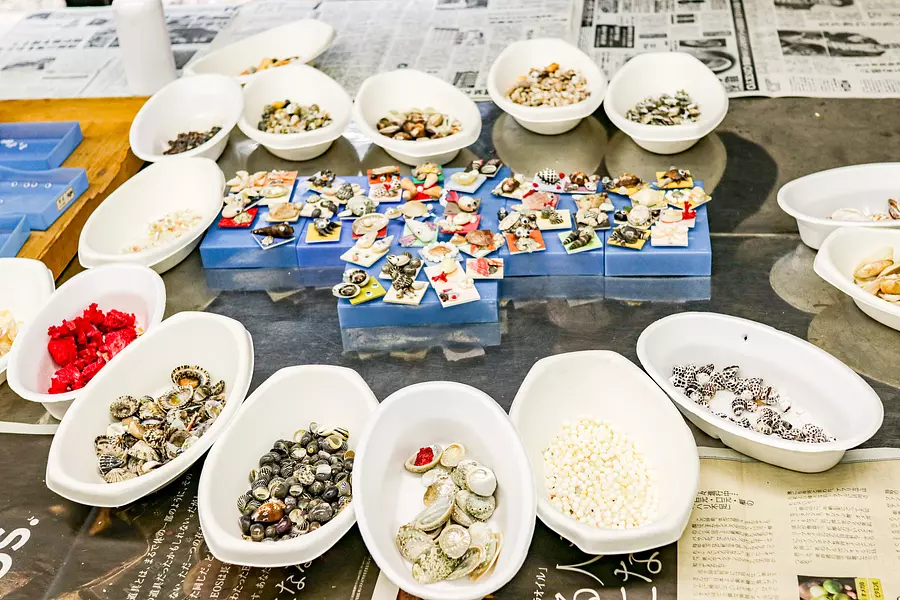
What should I make?
If you take your work home, it will become a memory of your trip.
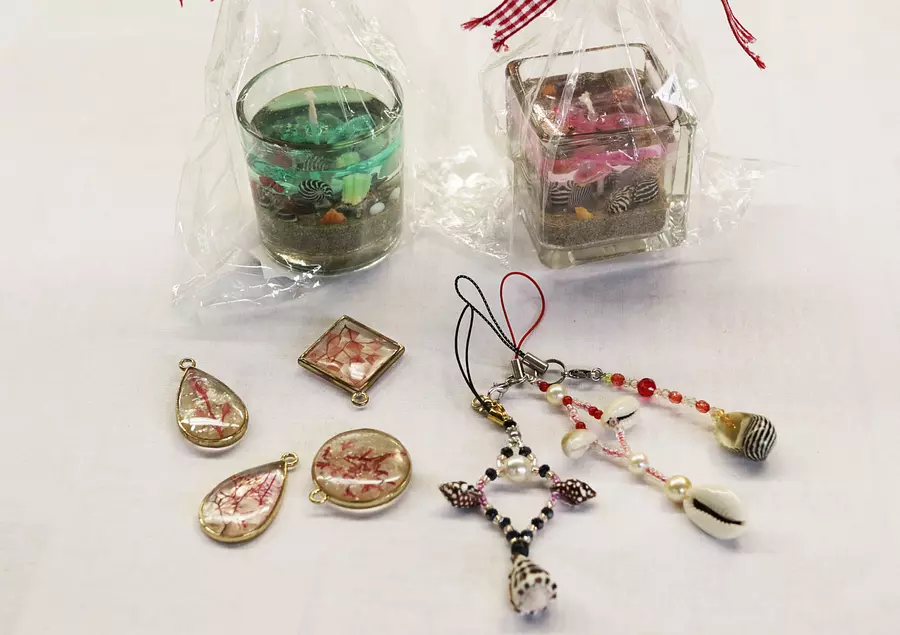
You can experience making works designed by the staff of the Sea Museum.
Currently, the event is held on Saturdays, Sundays, and holidays without reservations, so please check the official website for details!
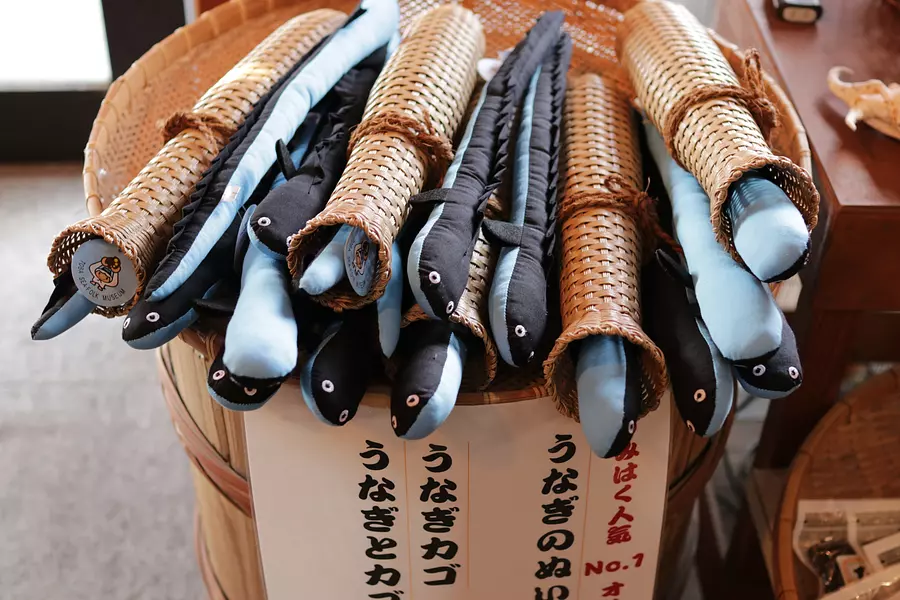
The most popular item is this stuffed eel!
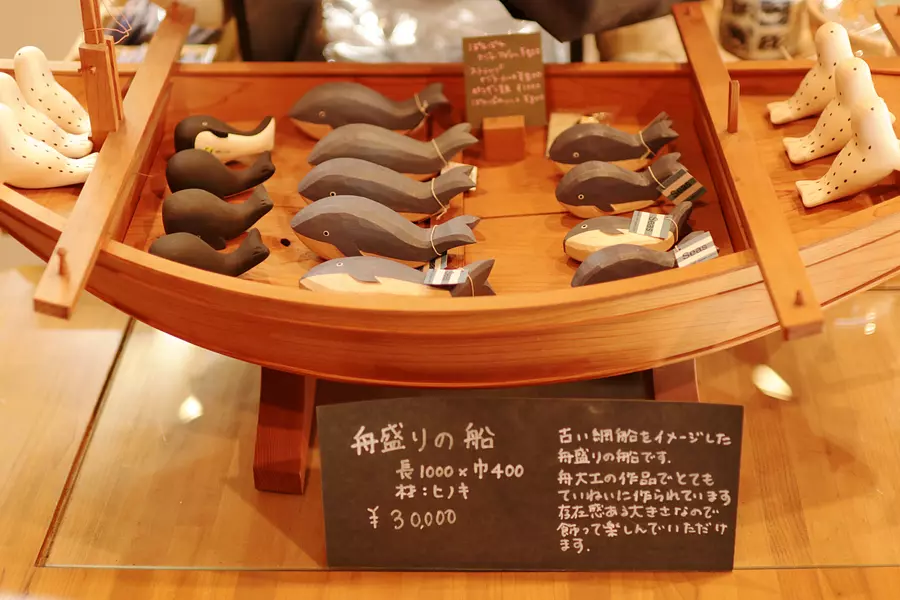
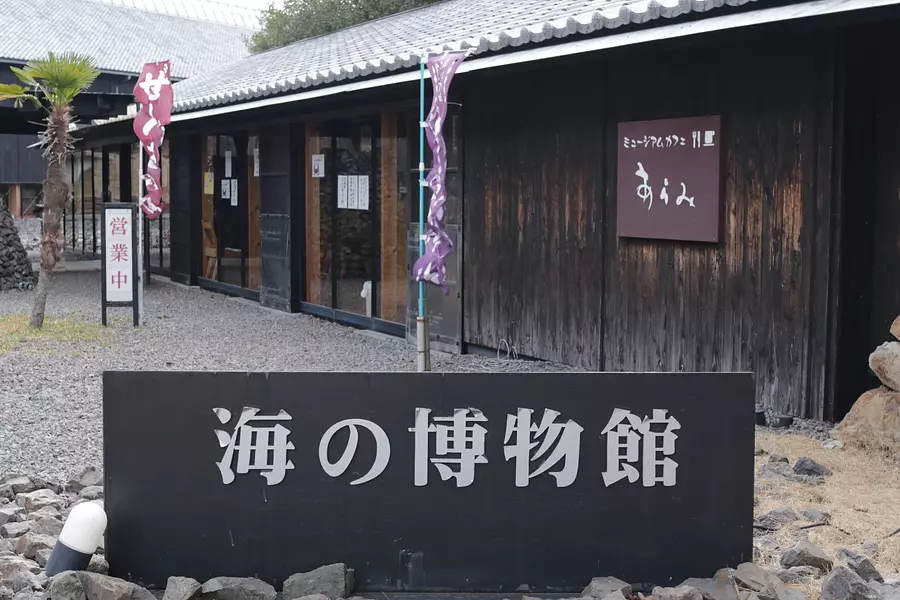
In addition to menus that use luxurious local seafood such as seafood oyster curry and whitebait carbonara from Toshi, we also have a cafe menu that uses seaweed that is gentle on the body.
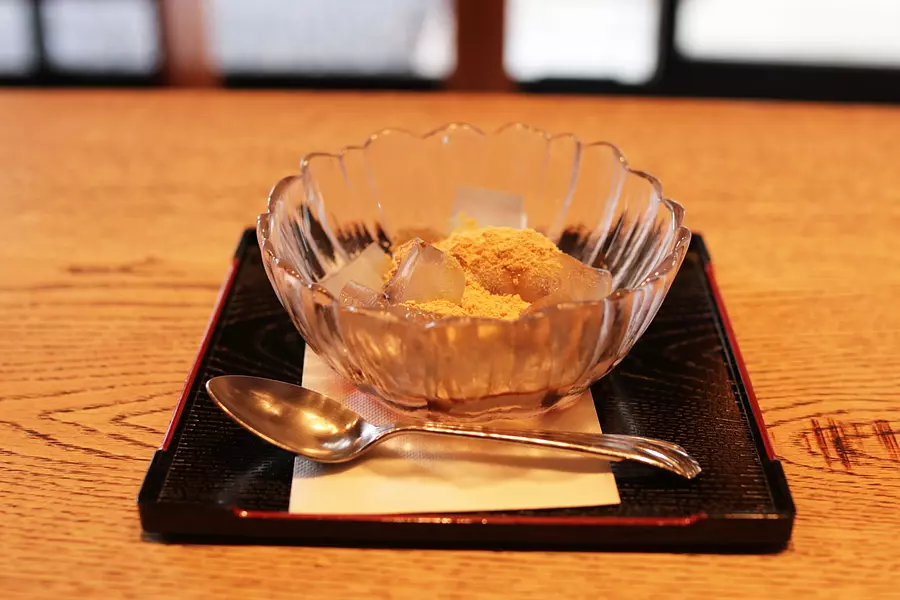
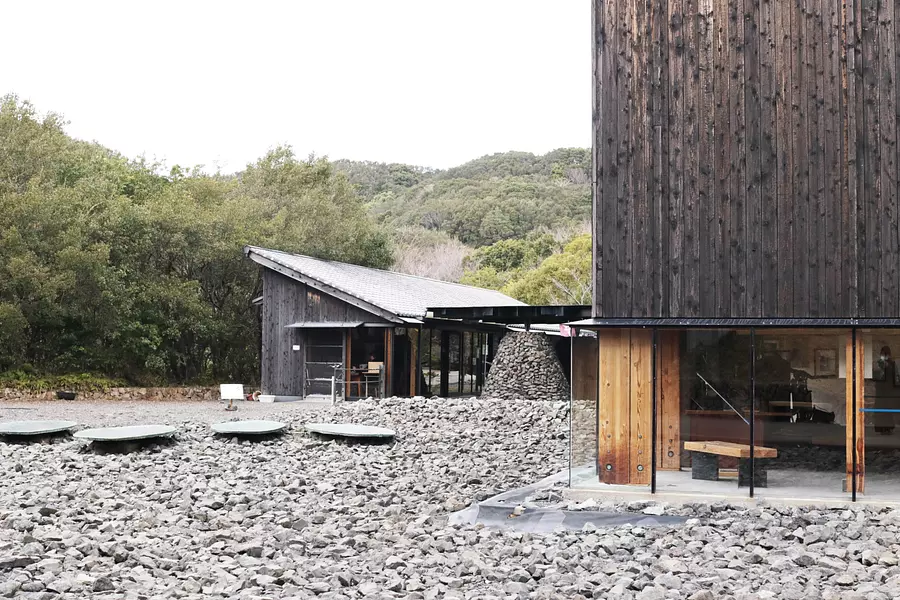
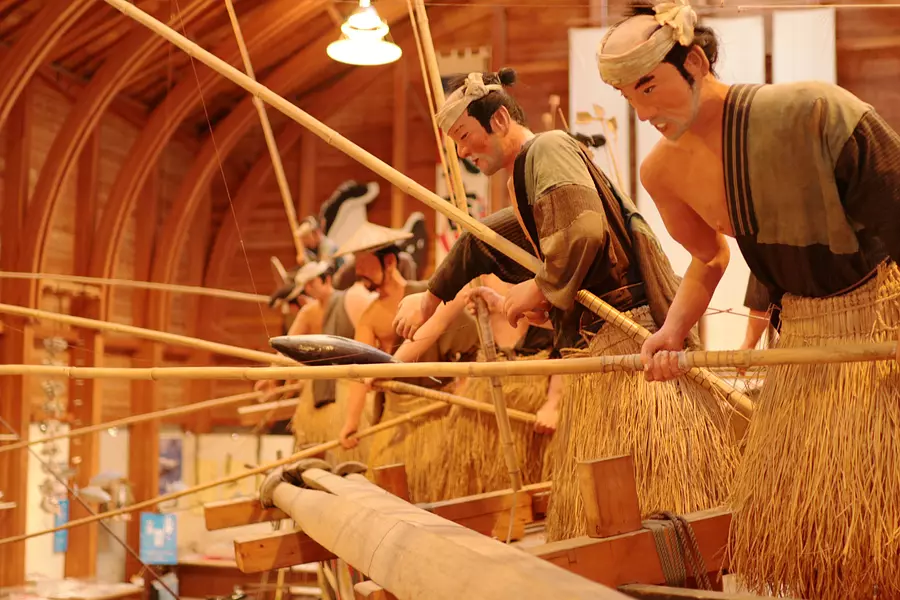
Going back in history, the Maritime Museum was opened in 1971 with the purpose of collecting materials from disappearing fishing villages along the coast of Mie Prefecture. With the motto of ``collecting anything,'' they have collected fishing equipment that was actually used by Ama divers and have continued to carefully preserve it.
``I want the current generation to know about life by the sea in the past.I want people to come here and feel something, and how people living in the present can utilize the wisdom and methods that have been created to live with the sea.'' The museum is looking forward to hearing the answer to that question,” Hiraga said.
I was able to feel the long history of people coexisting with the sea, and enjoy the feeling of valuing the culture of the sea!
Currently, as a countermeasure against coronavirus,
・Please wear a mask and fill out the admission form when entering the building.
・When purchasing tickets and viewing exhibitions, please keep sufficient distance between each other.
・Alcohol disinfectant is installed in each building.
・For the time being, admission to the storage room and special exhibition room will be restricted.
We are doing the following. For more information, please visit the official website.
TobaCity Sea Museum
0599-32-6006
Adult (over 18 years old) 800 yen
Under university students 400 yen
March 1st - November 30th 9:00-17:00
December 1st to the end of February 9:00 to 16:30
(Last entry is 30 minutes before closing)
Ship storage facility tour until 16:00
June 26th to June 30th, December 26th to December 30th
can be
Approximately 35 minutes by Kamome bus from Toba Bus Center, a short walk from Umi no Hakubutsu-mae stop
Approximately 35 minutes from Ise IC via Ise Futami Toba Line


